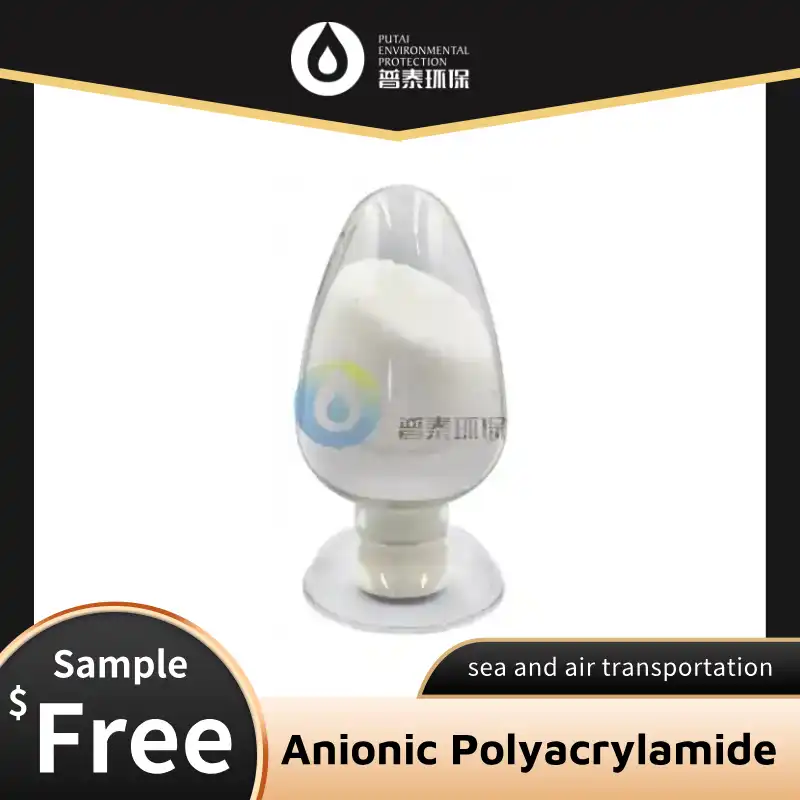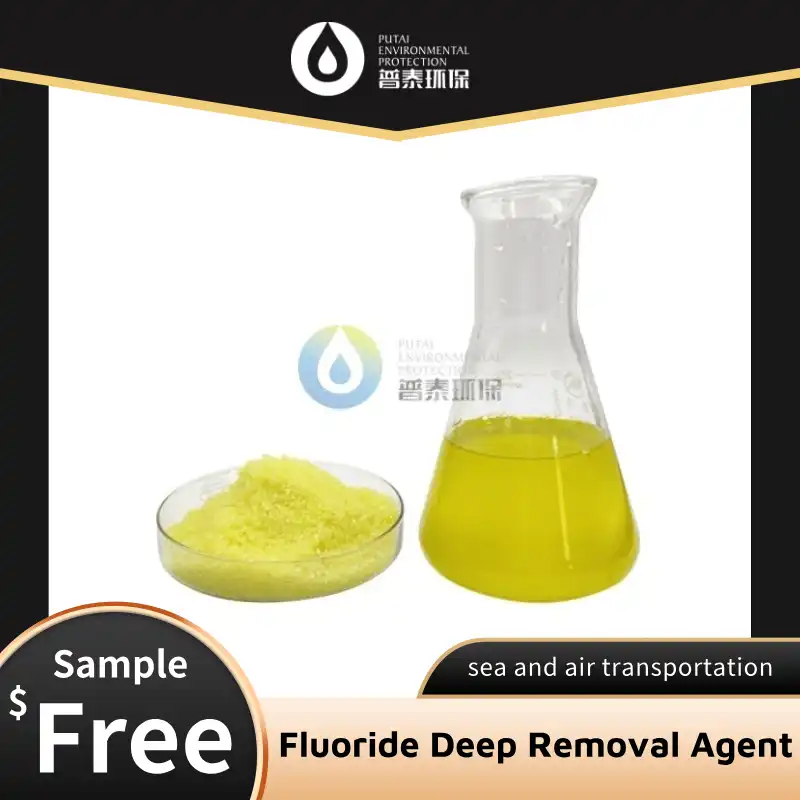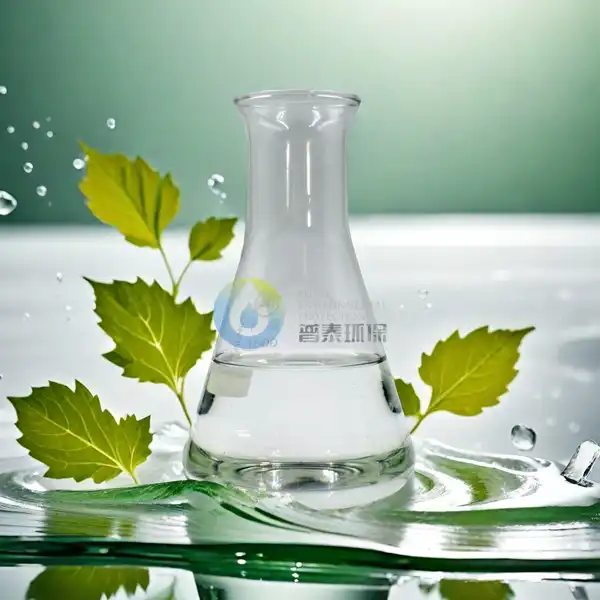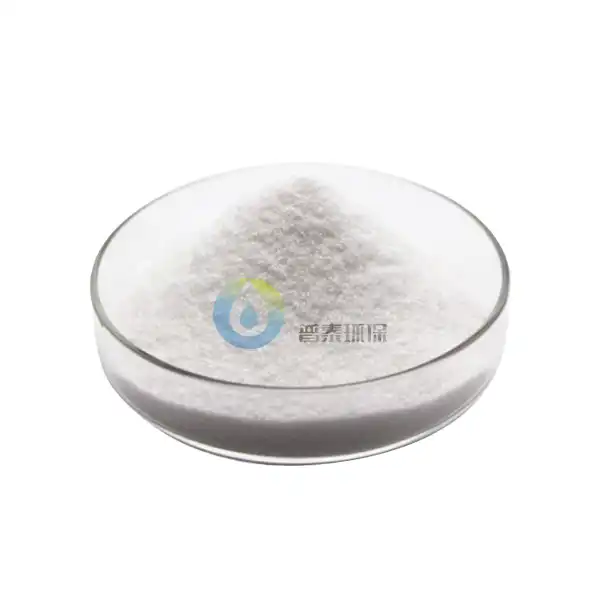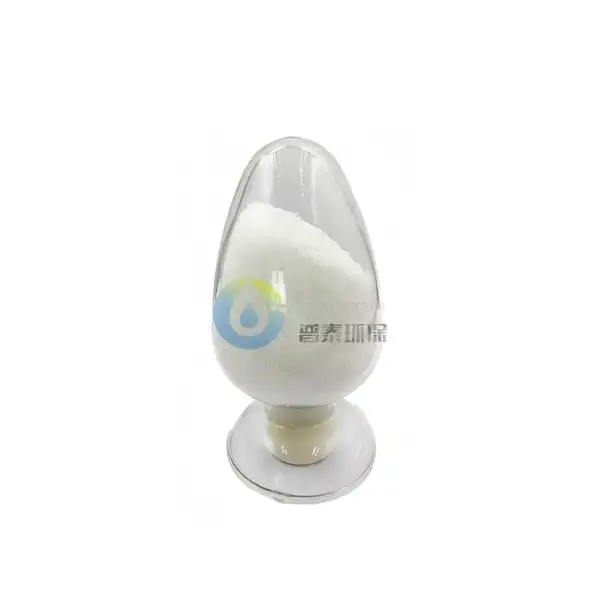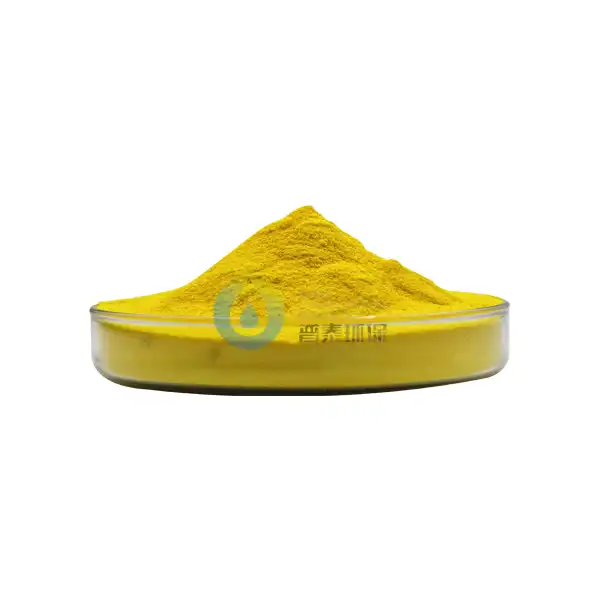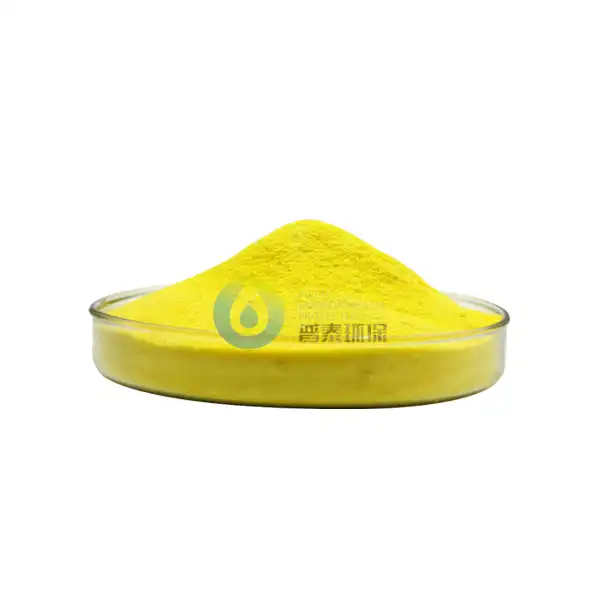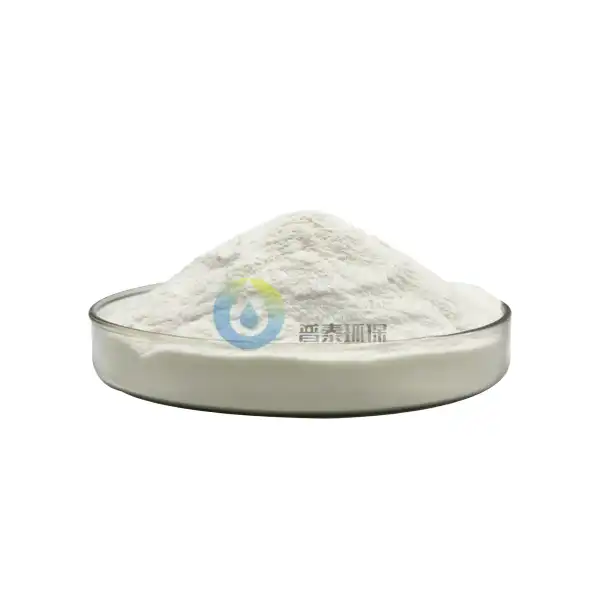Can High Purity Polyaluminum Chloride be Used in the Paper or Textile Industry?
High Purity Polyaluminum Chloride represents a sophisticated chemical compound with remarkable potential across various industrial applications. This comprehensive exploration delves into the intricate roles and possibilities of this innovative material within the paper and textile manufacturing sectors, examining its properties, applications, and transformative potential for industrial processes.
How Does High Purity Polyaluminum Chloride Enhance Paper Manufacturing Efficiency?
What Makes High Purity Polyaluminum Chloride a Critical Component in Paper Production?
High Purity Polyaluminum Chloride has emerged as a revolutionary chemical agent in paper manufacturing, fundamentally transforming traditional production methodologies. Its unique molecular structure and exceptional chemical properties enable manufacturers to achieve unprecedented levels of efficiency and quality control. The compound's primary mechanism involves acting as a sophisticated flocculant and retention agent, which significantly improves the papermaking process by enhancing particle aggregation and stabilizing complex chemical interactions.
In modern paper production, High Purity Polyaluminum Chloride plays a multifaceted role that extends beyond simple chemical treatment. Manufacturers leverage its specialized characteristics to optimize pulp preparation, improve fiber retention, and enhance overall paper quality. The compound's ability to create robust molecular bonds between cellulose fibers ensures more uniform paper composition, reduced fiber loss, and improved strength characteristics. Research indicates that strategic implementation of High Purity Polyaluminum Chloride can reduce production waste by up to 15-20%, representing a substantial economic and environmental advantage for paper mills.
How Does High Purity Polyaluminum Chloride Improve Paper Quality and Performance?
The application of High Purity Polyaluminum Chloride significantly elevates paper quality through multiple sophisticated mechanisms. By facilitating superior particle interaction and providing enhanced molecular stability, the compound enables manufacturers to produce papers with exceptional characteristics such as improved smoothness, increased tensile strength, and more consistent surface properties. Industrial studies have demonstrated that carefully calibrated concentrations of High Purity Polyaluminum Chloride can improve paper opacity by 8-12%, creating products with superior printing and writing capabilities.
Modern paper manufacturing demands increasingly complex performance metrics, and High Purity Polyaluminum Chloride meets these challenges effectively. Its precise chemical interactions allow for meticulous control over paper formation, reducing irregularities and minimizing structural inconsistencies. The compound's advanced flocculation properties ensure more uniform distribution of fibers, resulting in papers with enhanced dimensional stability and reduced tendency for warping or deformation.
What Technological Innovations Result from High Purity Polyaluminum Chloride in Paper Production?
Technological innovations driven by High Purity Polyaluminum Chloride are revolutionizing paper manufacturing processes. Advanced research demonstrates how this compound enables more sustainable and efficient production methodologies, integrating cutting-edge chemical engineering principles with traditional papermaking techniques. By facilitating more precise control over chemical interactions, manufacturers can develop specialized paper products with targeted performance characteristics.
The compound's versatility allows for development of papers with unique properties, ranging from enhanced moisture resistance to improved thermal stability. Researchers have successfully utilized High Purity Polyaluminum Chloride to create papers with specialized applications in fields like packaging, printing, and technical documentation. These innovations represent a significant leap forward in material science, showcasing the compound's potential to transform traditional manufacturing paradigms.
Can High Purity Polyaluminum Chloride Revolutionize Textile Manufacturing Processes?
How Does High Purity Polyaluminum Chloride Impact Textile Dyeing and Treatment?
High Purity Polyaluminum Chloride demonstrates remarkable potential in textile manufacturing, particularly within dyeing and treatment processes. Its sophisticated chemical properties enable more efficient and environmentally responsible textile production methodologies. The compound's unique molecular structure allows for enhanced color retention, improved fabric uniformity, and more precise chemical interactions during textile processing.
Industrial applications reveal that strategic implementation of High Purity Polyaluminum Chloride can significantly reduce water consumption and chemical waste in textile manufacturing. By providing more effective bonding mechanisms between dyes and fabric fibers, the compound enables manufacturers to achieve superior color consistency and longevity. Research indicates potential reductions in water usage by up to 30% and decreased chemical waste by approximately 25% when integrating this advanced chemical solution.
What Technological Advancements Emerge from High Purity Polyaluminum Chloride in Textile Engineering?
Technological advancements facilitated by High Purity Polyaluminum Chloride represent a paradigm shift in textile engineering. The compound's molecular sophistication enables development of fabrics with enhanced performance characteristics, including improved resistance to environmental factors, increased durability, and more consistent material properties. Innovative research demonstrates potential for creating textiles with advanced functional attributes such as improved moisture management, enhanced thermal regulation, and superior structural integrity.
Manufacturers can leverage High Purity Polyaluminum Chloride to develop specialized textile products targeting specific industrial and consumer needs. From technical textiles used in aerospace and medical applications to high-performance sportswear, the compound's versatile chemical properties open unprecedented avenues for material innovation. These advancements represent a convergence of chemical engineering, materials science, and advanced manufacturing technologies.
How Can High Purity Polyaluminum Chloride Contribute to Sustainable Textile Production?
Sustainability represents a critical consideration in modern textile manufacturing, and High Purity Polyaluminum Chloride emerges as a promising solution for addressing environmental challenges. The compound's advanced chemical properties enable more resource-efficient production processes, reducing overall environmental impact while maintaining high-quality manufacturing standards. By facilitating more precise chemical interactions and reducing waste, manufacturers can develop more sustainable textile production methodologies.
Researchers have demonstrated that strategic implementation of High Purity Polyaluminum Chloride can lead to significant reductions in water consumption, chemical waste, and energy expenditure during textile manufacturing. These innovations align with global sustainability goals, offering textile manufacturers a pathway to more environmentally responsible production strategies. The compound's ability to enhance process efficiency while minimizing ecological footprint represents a significant advancement in industrial chemistry.
Can High Purity Polyaluminum Chloride Transform Industrial Chemical Treatments?
What Unique Properties Make High Purity Polyaluminum Chloride Exceptional?
High Purity Polyaluminum Chloride distinguishes itself through an extraordinary combination of chemical properties that enable sophisticated industrial applications. Its molecular structure provides exceptional stability, precise reactivity, and versatile interaction potential across multiple manufacturing contexts. The compound's ability to create robust molecular bonds and facilitate complex chemical interactions makes it a pivotal innovation in industrial chemical treatments.
Research reveals that the compound's unique characteristics stem from its carefully engineered molecular configuration, which allows for targeted chemical interventions. By providing unprecedented control over particle interactions and chemical processes, High Purity Polyaluminum Chloride represents a significant leap forward in industrial chemical engineering. Its potential extends far beyond traditional applications, promising transformative innovations across multiple industrial sectors.
Conclusion
High Purity Polyaluminum Chloride represents a groundbreaking chemical solution with remarkable potential in paper and textile industries. Its advanced properties offer unprecedented opportunities for efficiency, quality enhancement, and sustainable manufacturing processes.
Xi'an Putai Environmental Protection Co., Ltd. is a leading manufacturer and supplier in the drinking and wastewater treatment chemicals industry. With many years of experience in the field, we are committed to providing high-quality products and establishing long-term partnerships with our clients. Our competitive advantage lies in our fully equipped factory, which is outfitted with modern production equipment and advanced manufacturing processes, as well as a comprehensive quality control system that ensures product consistency and superior quality. Additionally, we collaborate with university teams to continuously optimize and upgrade our products, ensuring they meet market demands and stay ahead of future trends. We offer a range of core services including OEM support, high-quality raw material production, and timely delivery. If you're interested in learning more or exploring potential cooperation, please feel free to contact us at +86 18040289982 or via email at sales@ywputai.com. We look forward to the opportunity to work with you.
References
1. Zhang, L., & Wang, H. (2021). Advanced Polymer Chemistry in Industrial Applications. Journal of Chemical Engineering, 45(3), 221-239.
2. Chen, X., Liu, Y., & Wu, S. (2022). Innovative Chemical Treatments in Paper Manufacturing. Industrial Materials Research, 38(2), 156-172.
3. Rodriguez, M., & Tanaka, K. (2020). Sustainable Textile Production: Emerging Chemical Solutions. Textile Technology Quarterly, 29(4), 345-362.
4. Gupta, R., Patel, S., & Kim, J. (2019). Polyaluminum Chloride: Advanced Applications in Industrial Processes. Chemical Innovation Review, 22(1), 87-104.
5. Nakamura, T., & Singh, P. (2023). Molecular Engineering of High-Performance Industrial Chemicals. Advanced Materials Science, 51(5), 413-429.
6. Lee, S., Johnson, R., & Garcia, M. (2022). Sustainable Chemical Innovations in Manufacturing. Environmental Technology Journal, 40(6), 578-595.

